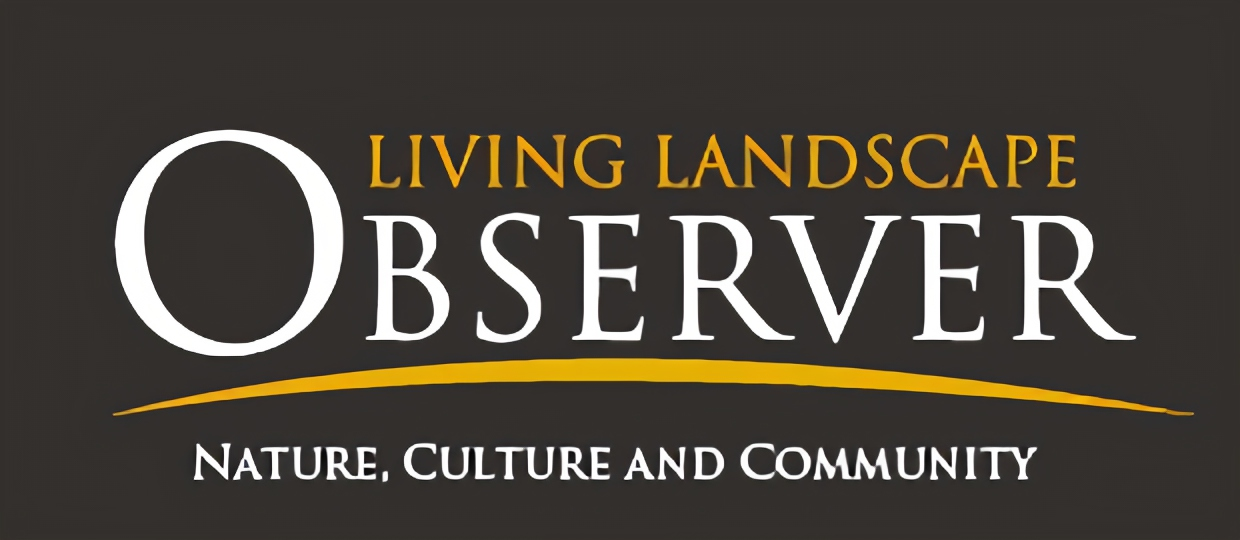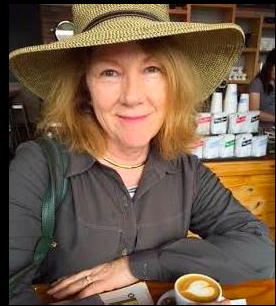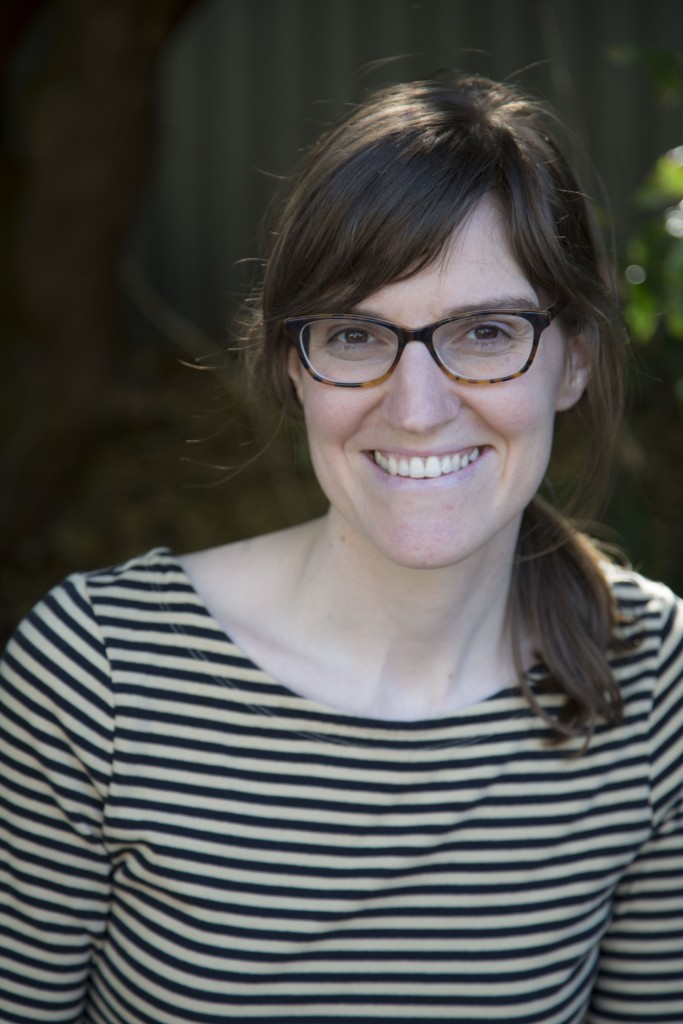To provide observations and information on the emerging fields of landscape scale conservation, heritage preservation, and sustainable community development.
Newsletter
Stay up-to-date with the latest nature, culture and community news.
We won’t spam you or share your information. Newsletters are sent approximately 10 times a year. Unsubscribe at any time.
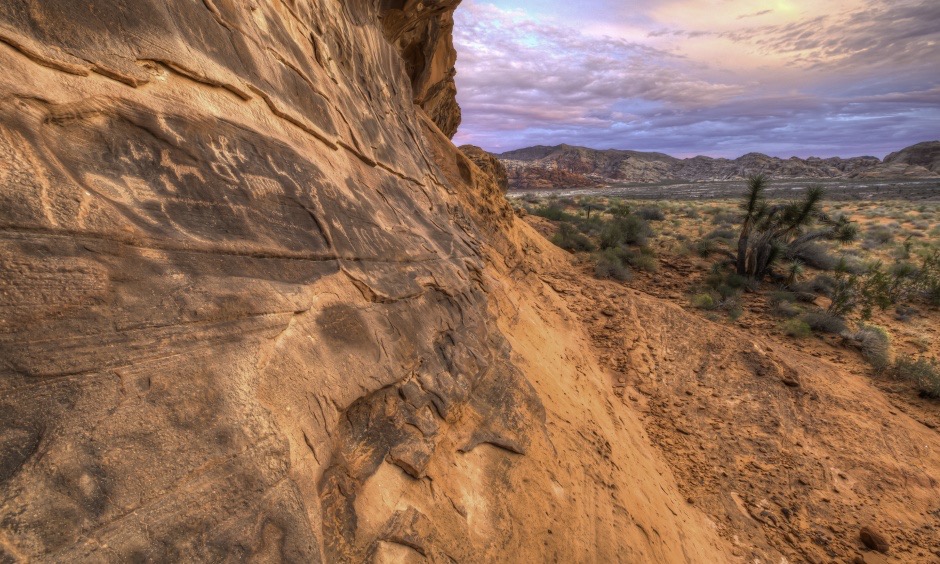
Listening to Zinke: The Landscape Ahead?
At his confirmation hearing on January 17, 2017, Representative Ryan Zinke (R MT) spoke up before the Senate Environment and Energy Committee and shared his vision for the position of Secretary of Interior. The leadership of the Department of Interior is central to the future of protecting the nation’s landscapes. Those who care about conservation at scale, protected areas, and our cultural heritage were listening carefully to what he had to say.
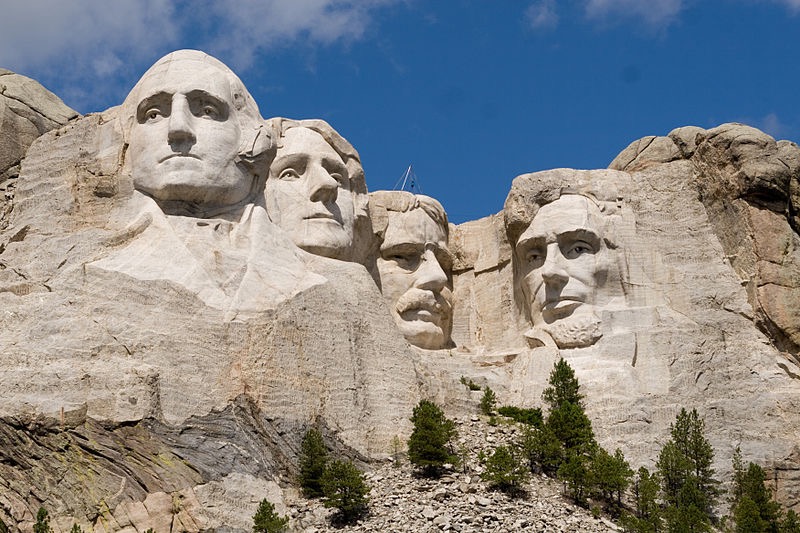
And Now for the Next Four Years
For years I have told my family and friends that I am one issue voter and my one issue is the United States National Park Service. Which political candidate is most committed to America’s best idea? Who embraces the vision that our parks and protected areas are part of the nation’s common wealth and should reflect the complex stories that make up our country? What party recognizes that government service has value and that protecting public lands is a collective enterprise? While it is a bit early to predict exactly how landscape scale conservation will fare in the next four years under President-elect Trump, review of his proposed agenda is instructive.
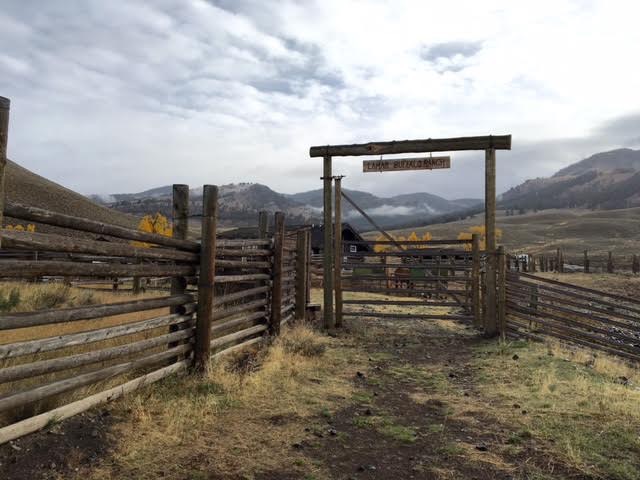
Lamar Buffalo Ranch and the Landscape of Wildlife Conservation
“Oh Give me a home where the buffalo roam” goes the old cowboy song, but the fact that 21st century citizens can still enjoy the star of this song was a very close call. While estimates of the North American bison population at the time of European contact range from 30-75 million animals, by 1900 intensive hunting and a purposeful program of eradication to deprive American Indians of their livelihood had reduced the population to near extinction. The Lamar Buffalo Ranch in Yellowstone National Park was ground zero for a successful reintroduction effort. And bison are only part of this remarkable story of human intervention in this landscape.
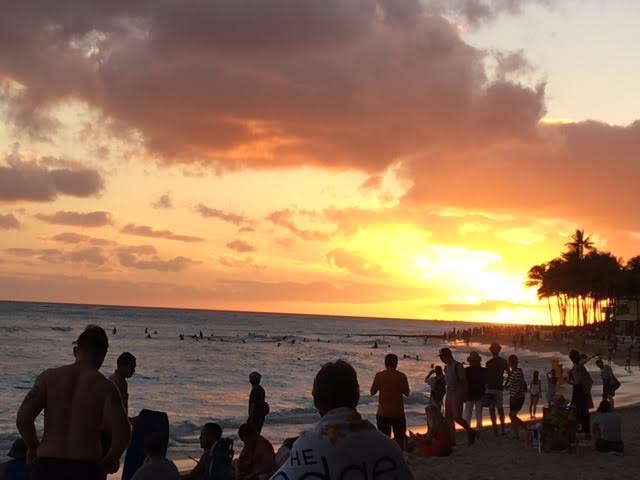
A Nature Culture Journey at the World Conservation Congress in Hawai’i
The Hawaiian Islands were created by a chain of volcanic hot spots in the Pacific and long settled by voyageurs who travelled thousands of miles across open water. The impacts and adaptation on both the nature and culture of the islands present lessons for future of resource conservation. So it was fitting that the International Union for the Conservation of Nature (IUCN) held its first ever World Conservation Congress on the islands.
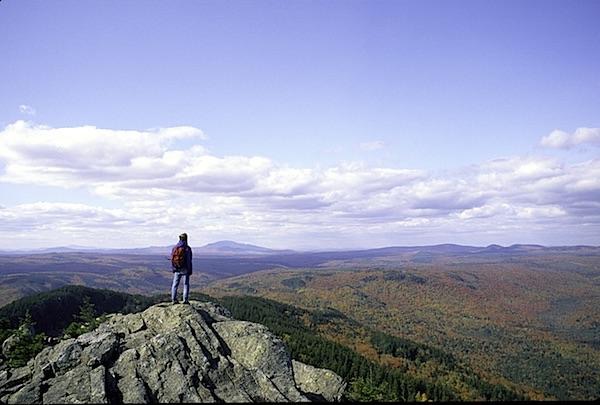
Landscape Conservation: The Next Four Years
How will the next election impact the idea of large landscape conservation? This topic is not the stuff of campaign speeches or sadly even photo ops.

Listening to Zinke: The Landscape Ahead?
At his confirmation hearing on January 17, 2017, Representative Ryan Zinke (R MT) spoke up before the Senate Environment and Energy Committee and shared his vision for the position of Secretary of Interior. The leadership of the Department of Interior is central to the future of protecting the nation’s landscapes. Those who care about conservation at scale, protected areas, and our cultural heritage were listening carefully to what he had to say.

And Now for the Next Four Years
For years I have told my family and friends that I am one issue voter and my one issue is the United States National Park Service. Which political candidate is most committed to America’s best idea? Who embraces the vision that our parks and protected areas are part of the nation’s common wealth and should reflect the complex stories that make up our country? What party recognizes that government service has value and that protecting public lands is a collective enterprise? While it is a bit early to predict exactly how landscape scale conservation will fare in the next four years under President-elect Trump, review of his proposed agenda is instructive.

Lamar Buffalo Ranch and the Landscape of Wildlife Conservation
“Oh Give me a home where the buffalo roam” goes the old cowboy song, but the fact that 21st century citizens can still enjoy the star of this song was a very close call. While estimates of the North American bison population at the time of European contact range from 30-75 million animals, by 1900 intensive hunting and a purposeful program of eradication to deprive American Indians of their livelihood had reduced the population to near extinction. The Lamar Buffalo Ranch in Yellowstone National Park was ground zero for a successful reintroduction effort. And bison are only part of this remarkable story of human intervention in this landscape.

A Nature Culture Journey at the World Conservation Congress in Hawai’i
The Hawaiian Islands were created by a chain of volcanic hot spots in the Pacific and long settled by voyageurs who travelled thousands of miles across open water. The impacts and adaptation on both the nature and culture of the islands present lessons for future of resource conservation. So it was fitting that the International Union for the Conservation of Nature (IUCN) held its first ever World Conservation Congress on the islands.

Landscape Conservation: The Next Four Years
How will the next election impact the idea of large landscape conservation? This topic is not the stuff of campaign speeches or sadly even photo ops.
